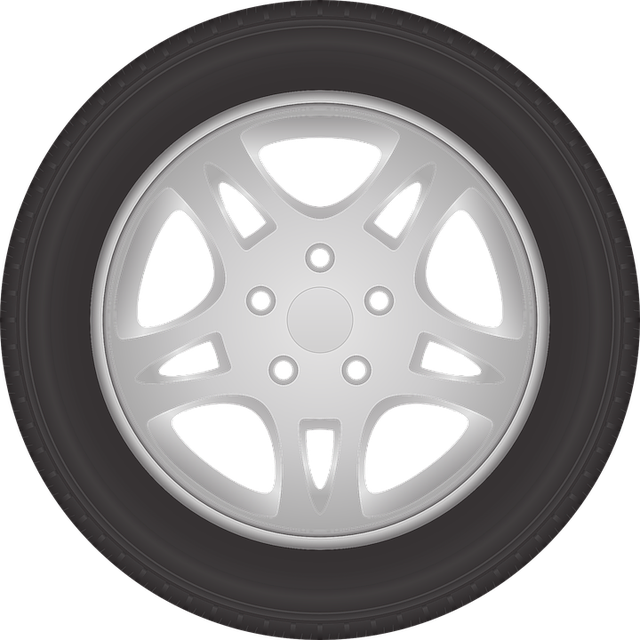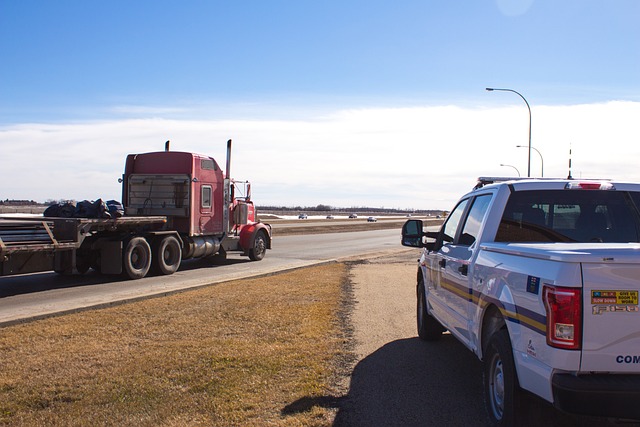Registering a car in California involves understanding the DMV’s VIN (Vehicle Identification Number) verification process. This step-by-step guide walks you through gathering all necessary documents, from proof of ownership and insurance to identifying your vehicle’s unique VIN. We’ll break down the registration process, common issues, and post-registration steps, ensuring a smooth transition for your new California plate. Key SEO terms, like ‘DMV VIN verification’, are seamlessly integrated throughout.
- Understanding the DMV VIN Verification Process
- Gathering Necessary Documents for Car Registration
- Step-by-Step Guide to Registering Your Vehicle in California
- Common Issues and How to Resolve Them During Registration
- Post-Registration Steps and Important Considerations
Understanding the DMV VIN Verification Process

The DMV VIN verification process is a crucial step when registering your car in California. It involves the unique identification number found on every vehicle’s chassis—the Vehicle Identification Number (VIN). This number is like a fingerprint for your car, providing detailed information about its make, model, year, and more. When you bring your car to a DMV office for registration, they’ll perform this verification as part of their routine inspection.
This process ensures that the vehicle matches the details on the required paperwork. A mobile vin verification or inspection using a digital tool can also be conducted prior to visiting the DMV to streamline the registration process. This additional step not only saves time but also helps prevent potential issues, ensuring a smoother and faster car registration experience in California.
Gathering Necessary Documents for Car Registration

Before you begin the registration process, it’s crucial to gather all the necessary documents for car registration in California. The Department of Motor Vehicles (DMV) requires a host of paperwork to ensure the accuracy of your vehicle’s information and to verify its authenticity. One key step is to undergo a DMV VIN verification, which involves checking the Vehicle Identification Number (VIN) to confirm details like make, model, year, and other specifications. This can be done either online or in person, but for added convenience, many opt for a mobile VIN verification service, allowing them to complete this crucial step from the comfort of their homes.
Additionally, you’ll need proof of insurance, which demonstrates compliance with California’s minimum liability coverage requirements. A valid registration card from your previous state (if you’re transferring the registration), title documents (if you own the vehicle outright or are paying off a loan), and identification such as a driver’s license or state-issued ID will also be needed. Some may require additional documentation based on unique circumstances, so it’s important to check with the DMV for an exhaustive list of requirements before submitting your application.
Step-by-Step Guide to Registering Your Vehicle in California

Registering a car in California involves several steps, but with proper preparation, the process can be straightforward. Here’s a step-by-step guide to help you navigate through it. First, gather all necessary documents such as your driver’s license, proof of insurance, and vehicle registration from your previous state (if applicable). Next, visit the California Department of Motor Vehicles (DMV) website to ensure you meet all eligibility requirements, including passing a smog test if applicable.
Once at the DMV, initiate the registration process by filling out Form DV-140, which is the Application for Vehicle Registration. Ensure your vehicle passes a DMV vin verification, commonly done using a mobile vin verifier, to check its history and ensure it’s not a stolen vehicle or has any outstanding issues. After submission, you may need to undergo an in-person inspection for certain types of vehicles. Upon approval, you’ll receive your California vehicle registration, license plate, and proof of insurance.
Common Issues and How to Resolve Them During Registration

During the registration process in California, several common issues can arise, but knowing how to address them can make the experience smoother. One frequent problem is the failure of the DMV’s vin verification system. This may occur due to a variety of reasons, including data inaccuracies or temporary system glitches. If you encounter this issue, don’t panic. Take a moment to double-check your vehicle identification number (VIN) for any typos or errors and ensure it matches exactly with the one listed on your documents. A mobile vin verifier or inspector can also be used as an alternative method for verification.
Additionally, if your car is considered a classic or custom build, the registration process might present unique challenges. In such cases, it’s important to gather all necessary documentation and proof of authenticity from specialized organizations or experts. A thorough preparation will help ensure a faster and more straightforward registration process. Consider using a mobile vin inspection service for added convenience, as they can provide immediate assistance and support on-site.
Post-Registration Steps and Important Considerations

After successfully registering your vehicle with the California DMV, there are several crucial post-registration steps to complete. One essential task is to obtain a Vehicle Identification Number (VIN) verification from an authorized source. This process ensures that the vehicle’s details match the information on file and helps protect against fraud. You can opt for a traditional DMV visit or leverage modern convenience with services like mobile VIN verification, where a professional inspector comes to you.
Additionally, regular maintenance checks are vital to keep your car in top condition. Keep accurate records of all repairs and inspections, as these may be required during future registration renewals. Remember that prompt action on necessary repairs not only ensures vehicle safety but also helps avoid potential issues with the DMV. Always stay informed about California’s vehicle regulations to maintain compliance.
Registering a car in California involves several steps, including successful completion of the DMV VIN verification process. By ensuring you have all necessary documents and following the step-by-step guide provided, you can streamline the registration process. Should any issues arise, understanding common problems and their resolutions can help avoid delays. After registration, adhering to post-registration steps and considerations ensures your vehicle remains compliant with California regulations. Remember, a well-prepared approach makes car registration a seamless experience.



